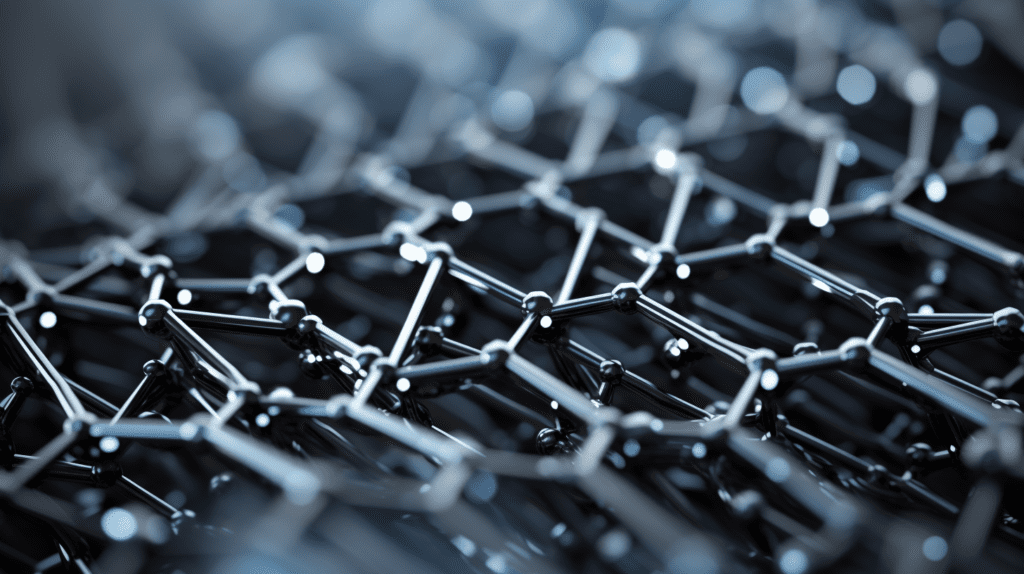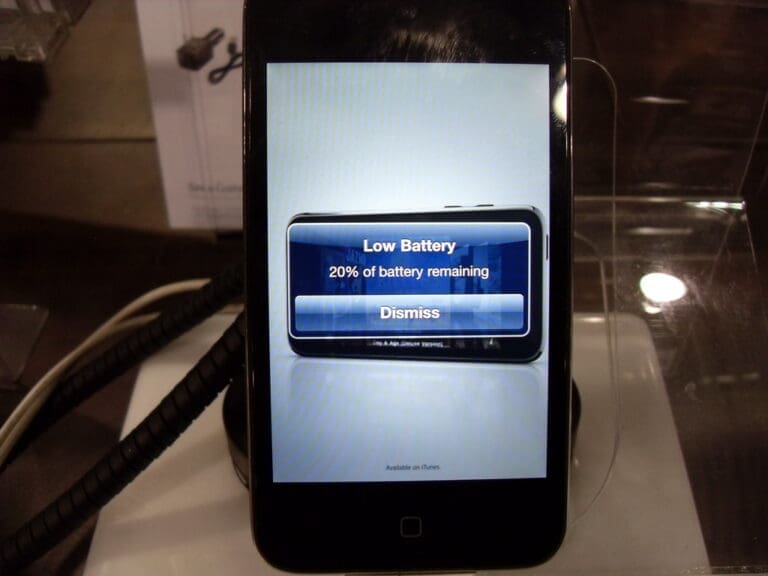
A remarkable new material that is 10 times stronger than Kevlar has been unveiled and has the potential to make a massive impact on the world of material science. The material is called amorphous silicon carbide (a-SiC).
The breakthrough was introduced by Delft University of Technology researchers, led by assistant professor Richard Norte.
Researchers say amorphous silicon carbide is both strong and, most importantly, scalable. Therefore, the range of potential applications is vast. Scientists say its application is particularly suitable for making ultra-sensitive microchip sensors. Its mechanical properties show it could be crucial for vibration isolation on a microchip.
Amorphous silicon carbide is also applicable to advanced solar cells, space exploration uses, DNA sequencing technologies, and more.
Other Characteristics of Amorphous Silicon Carbide
- Good thermal stability
- Good chemical inertness
- High hardness
- Excellent mechanical and oxidation resistance
Another well-suited application for the use of amorphous silicon carbide is in extreme ultraviolet optics. This is because it has high reflectance in the extreme ultraviolet spectral region.
The material also shows potential applications for a variety of optoelectronic devices. Its wide range of photoluminescence makes it a suitable material for visible light emission diodes (LED) fabrication. It can also be used as an emitter for high-speed bipolar transistors, microwave power transistors, sensors, and more.
Why Amorphous Results in Greater Strength
Lead researcher and assistant professor Richard Norte says it’s important to understand the crucial characteristic of “amorphous.”
“Think of most materials as being made up of atoms arranged in a regular pattern, like an intricately built LEGO tower,” Norte explained. “These are termed as ‘crystalline’ materials, like for example, a diamond. It has carbon atoms perfectly aligned, contributing to its famed hardness.”
Where amorphous materials differ is that they are more similar to a randomly piled set of Legos, where atoms lack consistent arrangement. However, their random nature doesn’t result in fragility. In contrast, amorphous silicon carbide is a prime example of the strength emerging from such randomness.
The tensile strength rating of amorphous silicon carbide is 10 GigaPascal (GPa). By comparison, the tensile strength of steel ranges from 0.2-2 GPa. Most polymers and rubbers are below 1 GPa. Most common metals range between 10-80 GPa. A diamond is 520 GPa.
“To grasp what this means, imagine trying to stretch a piece of duct tape until it breaks,” Norte said. “Now if you’d want to simulate the tensile stress equivalent to 10 GPa, you’d need to hang about ten medium-sized cars end-to-end off that strip before it breaks.”
Read More: Boosting Productivity with… A Third Arm?
High Strength at the Nanostring Level
To ensure a complete understanding of the strength of amorphous silicon carbide, researchers used a novel approach to test the material’s tensile strength. There was a very good reason for that. Traditional methods can introduce inaccuracies simply due to how a material is anchored. So instead, researchers adopted an innovative method using microchip technology.
The researchers grew films of amorphous silicon carbide on a silicon substrate and suspended them. To introduce high tensile forces, they leveraged the geometry of the nanostrings.
“Nanostrings are fundamental building blocks, the very foundation that can be used to construct more intricate suspended structures,” Norte said. “Demonstrating high yield strength in a nanostring translates to showcasing strength in its most elemental form.”
Then, the researchers fabricated many such structures with increasing tensile forces. At every step, they meticulously observed the point of breakage. Ultimately, the microchip-based approach ensured unprecedented precision. This method will likely pave the way for the way material is tested in the future.
Scalability Sets Amorphous Silicon Carbide Apart
What sets amorphous silicon carbide apart and has scientists excited about its possibilities lies in its scalability.
Although there are stronger materials available, they have their limitations and drawbacks. For example, graphene is known for its impressive strength. However, this single layer of carbon atoms is challenging to produce in large quantities. Diamonds, although incredibly strong, are limited due to their rarity in nature and high cost to synthesize.
Amorphous silicon carbide has a huge advantage due to its strength and its ability to be produced at micro and macro scales. It’s possible to produce large sheets of this incredibly robust material.
“With amorphous silicon carbide’s emergence, Norte noted, “we’re poised at the threshold of microchip research brimming with technological possibilities.”
Read More: 4.5-Billion-Year-Old Space Rocks Dropped Off by Mother Ship








